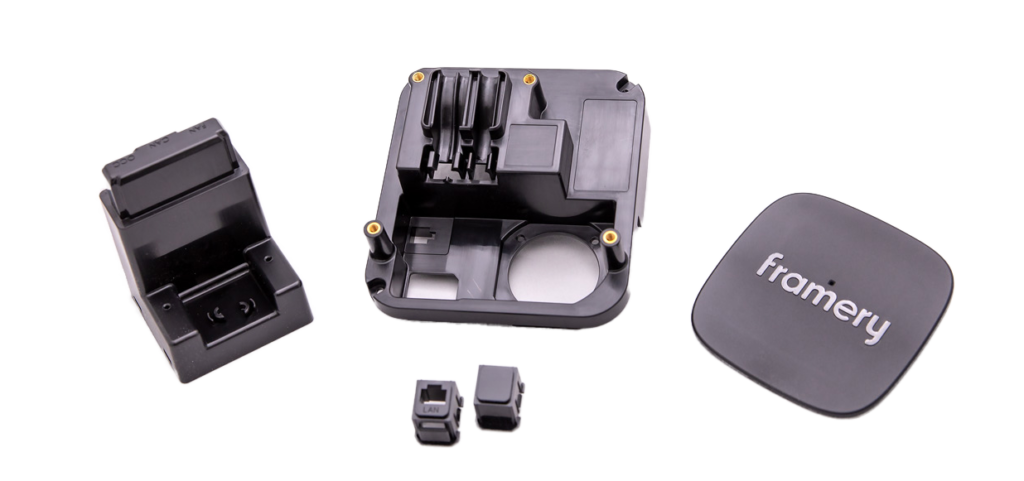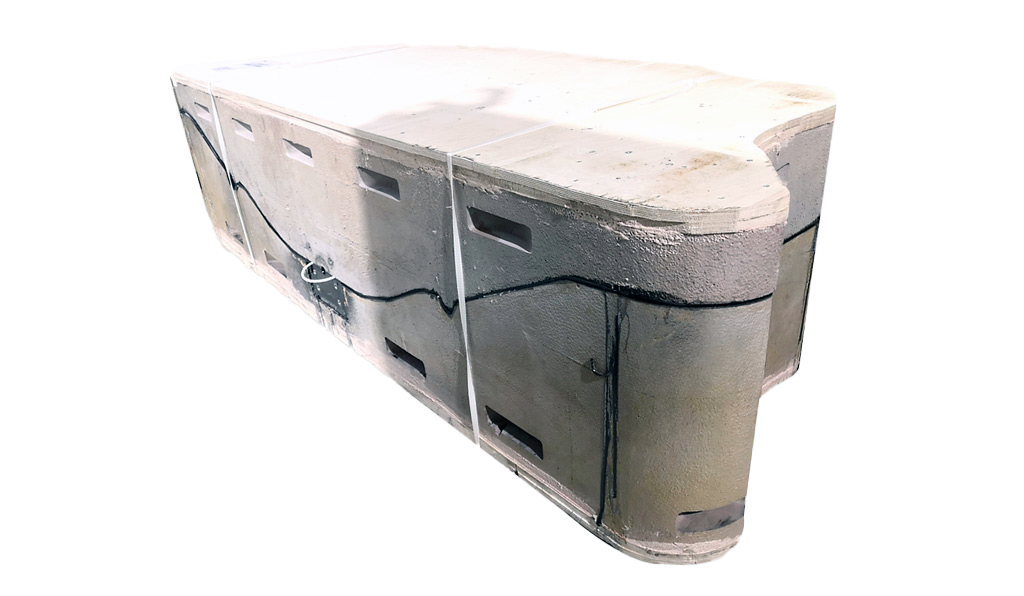Quick models for industrial applications – flexible testing, faster production launches, better production efficiency
Quick models offer numerous benefits: products, components and entire production lines can be tested before going into production. This brings better efficiency, flexibility and cost-effectiveness in manufacturing and serial production.
MSK Plast can produce quick models and prototypes for the manufacturing industry by injection moulding/reaction injection moulding and all available quick modelling techniques. We have supplied thousands of quick models for our customers over the years. When and why is it a good idea to use quick models and prototype moulds, and what types of materials and technologies are used in their production? Read more about the topic, explained by experts from MSK Plast.

Why is it a good idea to make prototypes and quick models?
In the product development stage, quick models and prototypes are an ideal way to test the properties of components and their physical compatibility in the assembly.
The product’s functionality can be ascertained before the final mould is made. The product’s properties can be tested with parts made from the actual specified materials. At the same time, you can check that the product characteristics meet the design specifications. Faults such as distortions and shrinkages can be spotted easily.
Quick models support the design process and considerably shorten the product development stage. By testing the parts using actual materials, you can eliminate costly and time-consuming changes to materials or moulds in the production stage. Quick models make material choices easier: you can optimise the design of parts and investigate the suitability of raw materials based on the test results.
Prototype moulds are particularly useful when launching an entirely novel product, or to test a whole production line in a cost-effective and rapid manner without making a considerable investment upfront. Prototypes can be used in product approval applications in advance. MSK Plast offers the same range of treatment options for quick models and prototypes as for finalised injection moulding/reaction injection moulding products: paint coating, chrome plating, printing and sealing. It means that the whole finished product can be tested in advance.
Quick models make production more flexible, and the launch of serial production can be faster and more efficient. Our customers benefit from a hassle-free start to production. The prototype mould manufacturer is often the same expert who produces the final mould. Experience gained from producing a prototype mould can thus be leveraged when designing the final mould.
What methods and materials are used in the manufacture of prototypes and quick models?
By utilising a wide range of manufacturing methods, we are able to offer affordable and high-quality quick models using various materials. Our customers can choose virtually any commonly used plastic.
Quick models from injection-moulded parts
The production methods include 3D-printed SLS/SLA, silicone moulds, CNC-machined quick models.
SLA
Stereolithography (SLA) is a manufacturing process in which photopolymer is cured in a vat layer by layer, using a certain type of laser. The material is acrylic or epoxy-based photopolymer.
SLS
Selective Laser Sintering (SLS) is a method that uses a laser to heat thin layers of powdered material to sinter it or fuse it to another sintered or fused layer. The technique can be used to manufacture cast models directly from wax to mould. Other suitable materials include polycarbonate, polyamide and polystyrene.
Silicone mould
Silicone moulds are made from master forms by casting over a silicone model and creating sprues at the same time. The master models are printed and polished. Silicone moulds can also be used to make soft prototypes. The casting material of silicone moulds is a urethane-based raw material that is vacuumed into a mould and left to cure. Silicone moulds are a cost-effective way to produce smaller series of dozens or hundreds of pieces. The technique can also be used to produce more complex components. The parts can be given a paint finish.
CNC-machined quick models
CNC-machined quick models are made with a plastic preform. The technique is suitable for manufacturing series of up to a few dozen pieces. Machining achieves tight tolerances on parts.

Quick injection moulds
Quick moulds resemble real injection moulds except they have a simplified structure. The mould undergoes a regular injection moulding process. Components can be submitted for official approval by making them from the specified material. The lead time for quick moulds is up to a few weeks, depending on the complexity of the component. Quick moulds can be used to produce series of hundreds or even thousands of pieces.
RIM prototype moulds
MSK can also produce reaction injection moulded (RIM) prototype components for industrial applications. The technique can be used to produce large components of up to 2,500 x 3,000 mm.
The moulds are machined from urethane wood or by laminating fibreglass. We have partners who are experts in high-quality finishing treatments for moulds.
Prototype moulds can be used to produce series of up to ten pieces. Parts are made from Telene, a standard production material. The product will have the exact same properties as those that are produced serially. This means that customers can use the parts in material and approval tests. The parts can be given a paint coating that matches the surface quality of a serially produced product.
Quick models make production more flexible, and the launch of serial production can be faster and more efficient. Our customers benefit from a hassle-free start to production.
”
In the product development stage, quick models and prototypes are an ideal way to test the properties of components and their physical compatibility in the assembly.
Kimmo Viitala
Product Manager, Injection Moulding MSK Plast
Contact us

Jaakko Lipponen


